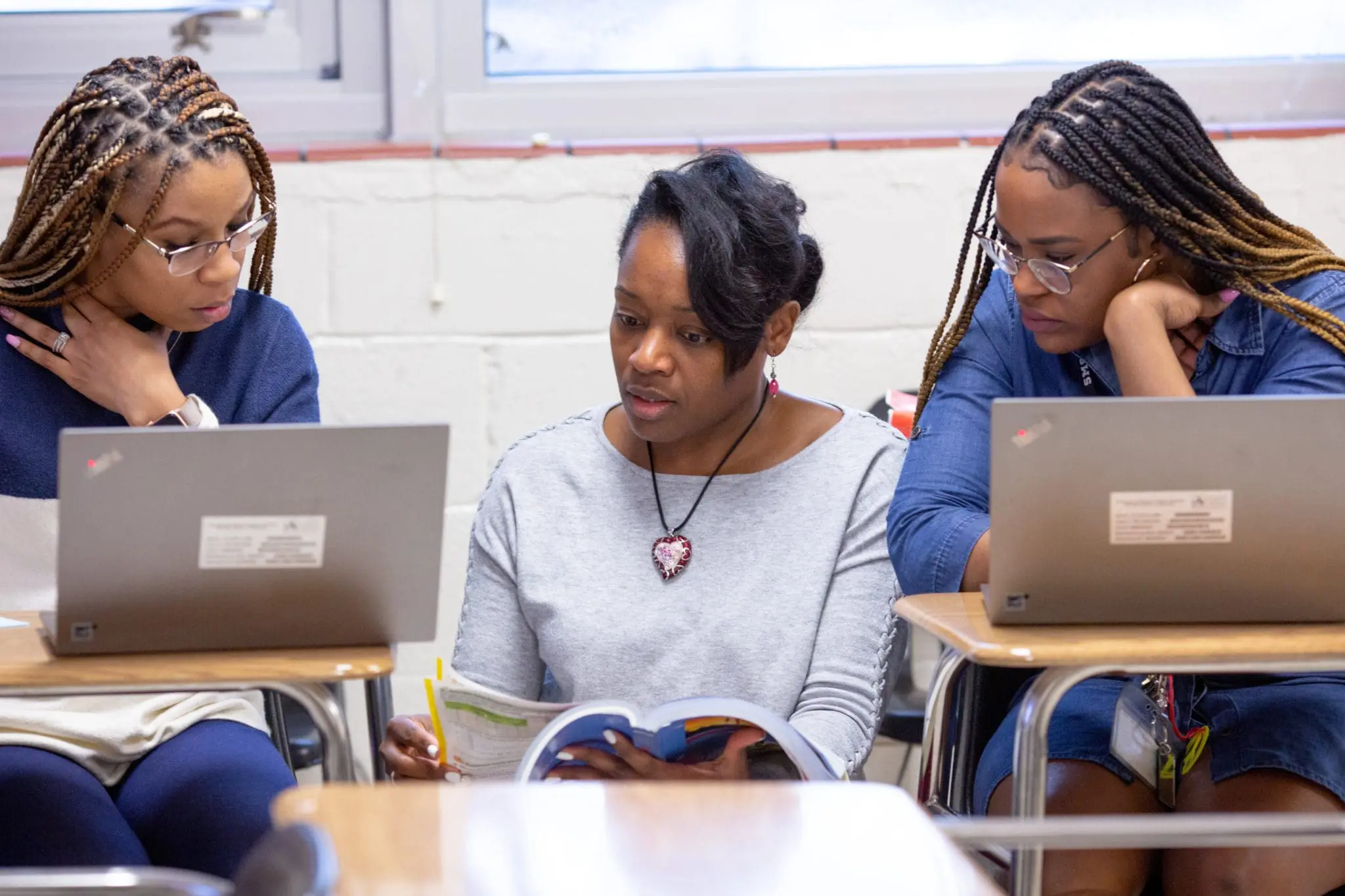Last week, officials in California and New York made unexpected announcements about the results of their statewide annual assessments: they wouldn’t be releasing them publicly anytime soon. While many states across the country have already released their assessment results, California and New York educate over eight million students combined—so their announcements about delaying the release of this information have certainly drawn some attention. Annual statewide assessments are critical tools for understanding student learning and measuring progress toward equity goals, and states must release this information to maintain transparency and provide the public with comparable information about student progress.
After not releasing test scores publicly last year, New York has announced that districts may release their results, but the state would not be releasing any results until later this year. And California originally announced that it would be releasing assessment results later this year, but concerns about the data being released after Election Day caused the state to clarify that the results will be made public in October. Policymakers, families, teachers, and the public all need access to comparable information about student academic progress, and statewide annual assessment results are one of the most important ways that states share this information.
States must maintain transparency. In the last few years, we’ve seen students learn at home, at school, and in hybrid situations—and sometimes all three at various moments. In that time, there have been many disruptions to states’ assessment programs, and some states have been slow to get back on track. But the act of releasing assessment results is not new; states must demonstrate that they value transparency by releasing them in a timely manner. As schools reopen for the school year and students return largely in person, leaders and the public need access to all available data to support students as they move through their education and into the workforce, and to direct necessary resources where they are needed most. State assessments help educators target assistance and resources for learners and provide families and communities with a more sophisticated understanding of what students need.
States must share comparable information about student progress. Only state exams provide the comparability that allows for results that say something about learning for all students in a given state and provide a starting point for identifying what worked and how to replicate it in other places. But if districts across California and New York are responsible for sharing this data individually, that’s more than 1,800 separate reports and conversations on assessment results—and all of these reports will make it hard for families and the public to piece together how students are learning across the state. Within just a few days of New York’s announcement, New York City Schools released their data—sending a powerful signal to the state and other districts that sharing this information publicly is of the utmost importance. And while it’s positive news that New York City Schools released this information, districts shouldn’t have to go it alone. States have not only the authority but also the capacity to bring together this data and tell the statewide narrative of what it means for students.
As schools enter their fourth pandemic-affected school year, it’s more important than ever for the public to have access to information about how decisions made over the last four years affected student learning. State leaders who have prioritized transparency by publicly sharing the results of their statewide annual assessments should be commended—and states like California and New York should be encouraged to release their results immediately. And with the recent news that long-term NAEP trends showed dramatic declines, it’s more important than ever that the public has access to the data from statewide assessments. Families, communities, and educators need this information to support students through this school year and beyond.


